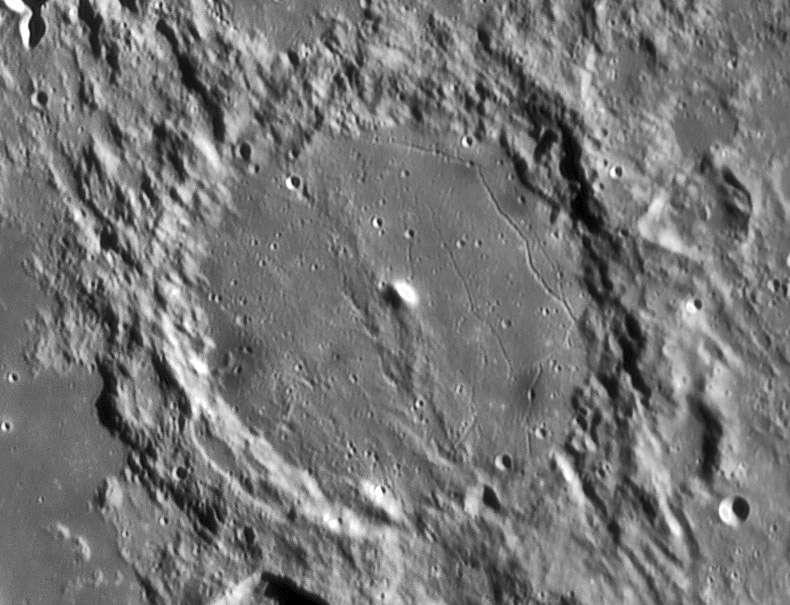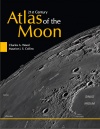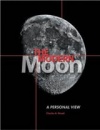
image by Bruno Daversin, France
Nearly 50 years ago the Soviet astronomer Nikolai Kozyrev obtained a spectrum of the central peak of Alphonsus showing lines that he interpreted as being due to the escape of gaseous carbon. Here, finally, was modern spectroscopic proof that the Moon was still volcanically active. Although no other astronomers detected any activity, Kozyrev reported the next year that he had evidence for an eruption of lava in Alphonsus, and he then detected hydrogen gas in Aristarchus. The Moon was an active place with gases escaping everywhere. Kozyrev’s spectra are all ambiguous, although his interpretations were not. Non-the-less, the floor of Alphonsus has seen repeated volcanic eruptions. The five craters surrounded by dark halos are volcanic vents, and the dark material is volcanic ash. Unfortuantely, for Kozyrev’s hypothesis, the eruptions took place about 3.5 billion years ago. And the central peak that Kozyrev and others had considered an active volcanic cone has been shown by Ray Hawke and colleagues to be made of anorthosite, ancient rock formed in the Moon’s magma ocean 4.5 b.y. ago. Kozyrev was right - volcanism had occurred in Alphonsus, but not where he thought, and not, by a few billion years, when he thought.
Technical Details:
27 March, 2007. 305 mm Schmidt-Cassegrain & DMK camera; 700 stacked frames.
Related Links:
Rükl chart 44
Epic Moon (Ch 17) by Bill Sheehan and Tom Dobbins (2001) Willmann-Bell.
COMMENTS?
Register, and click on the Discussion tab at the top of the page.



